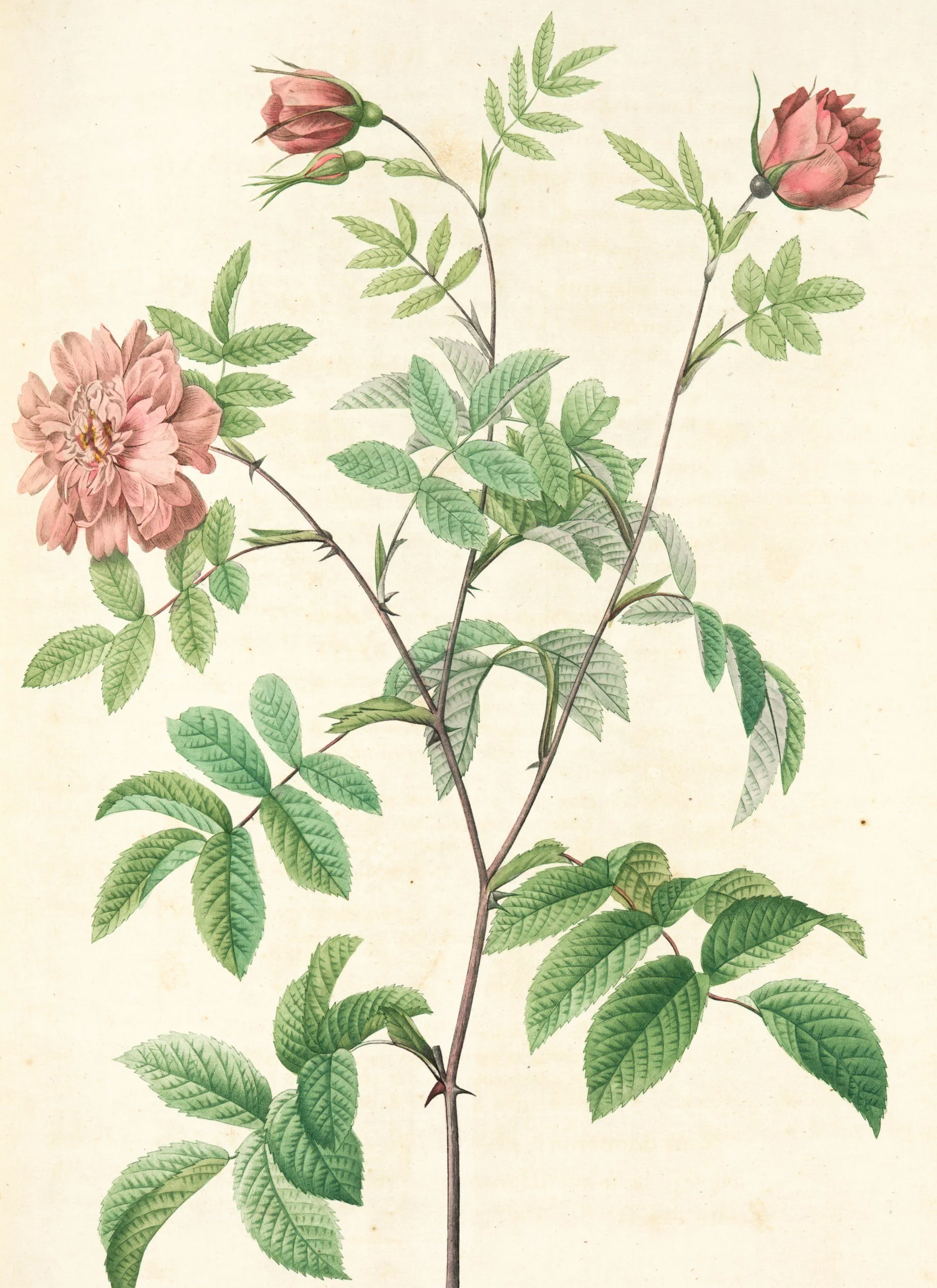Rehmannia in Traditional Chinese Veterinary Medicine: The Kidney Yin Tonic Your Patients Need
As practitioners integrating Traditional Chinese Veterinary Medicine (TCVM) into modern veterinary care, understanding the therapeutic potential of individual herbs can transform our treatment outcomes. Today, we're diving deep into one of TCVM's most valuable kidney tonics: Rehmannia glutinosa, commonly known as Chinese Foxglove or Di Huang.
Understanding Rehmannia's Energetic Properties
In TCVM theory, Rehmannia serves as a cornerstone herb for nourishing the body's foundational energies. This remarkable herb tonifies Kidney Yin and Jing (Essence), fills the marrow, and possesses the ability to clear heat, cool blood, nourish yin, and promote the production of body fluids. Think of Rehmannia as nature's way of replenishing the body's deepest reserves—particularly crucial for our aging patients and those with chronic conditions.
The herb's sweet, slightly bitter taste and cool nature make it especially effective at addressing heat conditions while simultaneously building the body's yin resources. This dual action—cooling and nourishing—sets Rehmannia apart from many other tonifying herbs.
Clinical Applications in Veterinary Practice
Kidney Disease and Renal Support
Perhaps nowhere does Rehmannia shine brighter than in supporting kidney function. For cats and dogs presenting with kidney disease, this herb offers hope beyond conventional symptom management. Rather than simply masking symptoms, Rehmannia works to revitalize patients with kidney failure by addressing the root cause of the problem.
Recent research validates what TCVM practitioners have known for centuries: Rehmannia demonstrates significant protective effects on renal function, particularly in geriatric patients and those with Kidney Yang deficiency patterns. This makes it an invaluable tool in our integrative approach to chronic kidney disease.
Geriatric Medicine
As our companion animals live longer, we increasingly encounter patients showing signs of what TCVM recognizes as Kidney deficiency patterns. These senior pets often present with:
Decreased vitality and energy
Chronic weakness in the hindquarters
Urinary incontinence or frequency
Premature graying or coat changes
Cognitive decline
Chronic fatigue
Rehmannia's ability to tonify Kidney Yin and supplement the blood makes it particularly valuable for these geriatric patients, helping restore vitality and slow the progression of age-related decline.
Heat Conditions and Blood Disorders
Beyond kidney support, Rehmannia's cooling properties make it useful for animals presenting with heat signs such as:
Chronic skin conditions with heat symptoms
Restlessness and irritability
Excessive panting (when not exercise-related)
Dark, concentrated urine
Dry mucous membranes
Key Formulations Every TCVM Practitioner Should Know
Rehmannia Six (Liu Wei Di Huang Wan)
This classical formula is ideal for patients that "run warm"—those animals that seek cool surfaces, pant easily, and show signs of Kidney Yin deficiency. The formula combines Rehmannia with complementary herbs to create a balanced approach to nourishing kidney yin.
Rehmannia Eight
For patients that "run cold"—those seeking warm spots and showing signs of Kidney Yang deficiency—Rehmannia Eight provides the warming elements needed alongside the yin-nourishing properties of Rehmannia.
Specialized Combinations
Qi Ju Di Huang Wan: Incorporates chrysanthemum and lycium fruit for patients with eye conditions alongside kidney deficiency
Mai Wei Di Huang Wan: Combines with ophiopogon and schisandra for respiratory symptoms accompanying kidney deficiency
Clinical Integration and Safety Considerations
Proper Patient Assessment
The clinical application of Rehmannia, like all Chinese herbal medicine in veterinary practice, requires the same rigorous approach as any therapeutic modality. A complete history, thorough physical examination, and appropriate diagnostics remain foundational when incorporating this herb into treatment protocols.
Knowledge of therapeutic properties and contraindications is as critical as when dispensing pharmaceuticals. Never underestimate the power of proper TCVM diagnosis in achieving optimal outcomes.
Important Contraindications
TCM practitioners traditionally avoid recommending Rehmannia in specific situations:
Patients with excessive dampness conditions
Animals with spleen deficiency patterns
Cases presenting with diarrhea
Patients experiencing abdominal fullness or bloating
These contraindications underscore the importance of proper pattern recognition and individualized treatment planning.
Preparation and Dosing
Rehmannia is available in both raw and processed (cooked) forms. The processed version, known as Shu Di Huang, is more commonly used in veterinary applications due to its enhanced tonifying properties and gentler nature on the digestive system.
The Future of Integrative Veterinary Medicine
As we continue to bridge traditional wisdom with modern veterinary science, herbs like Rehmannia represent the best of both worlds. They offer our patients gentle yet powerful therapeutic options while providing us with time-tested treatment strategies backed by emerging research.
The key to successful integration lies in respecting both the scientific rigor of modern medicine and the sophisticated diagnostic system of TCVM. When we combine thorough conventional diagnostics with careful pattern recognition, we can offer our patients truly comprehensive care.
Conclusion
Rehmannia glutinosa stands as a testament to the sophistication of Traditional Chinese Medicine's approach to healing. Its ability to nourish the deepest levels of the body while addressing specific pathological conditions makes it an invaluable addition to our therapeutic arsenal.
For practitioners new to TCVM, consider starting with established formulations containing Rehmannia rather than using the herb in isolation. This approach allows you to observe its effects while benefiting from centuries of refined combinations.
As always, proper training in TCVM principles and continued education in herbal medicine safety remain essential for any practitioner looking to incorporate these powerful tools into their practice. The animals in our care deserve nothing less than our most informed and skillful application of both traditional and modern healing arts.

